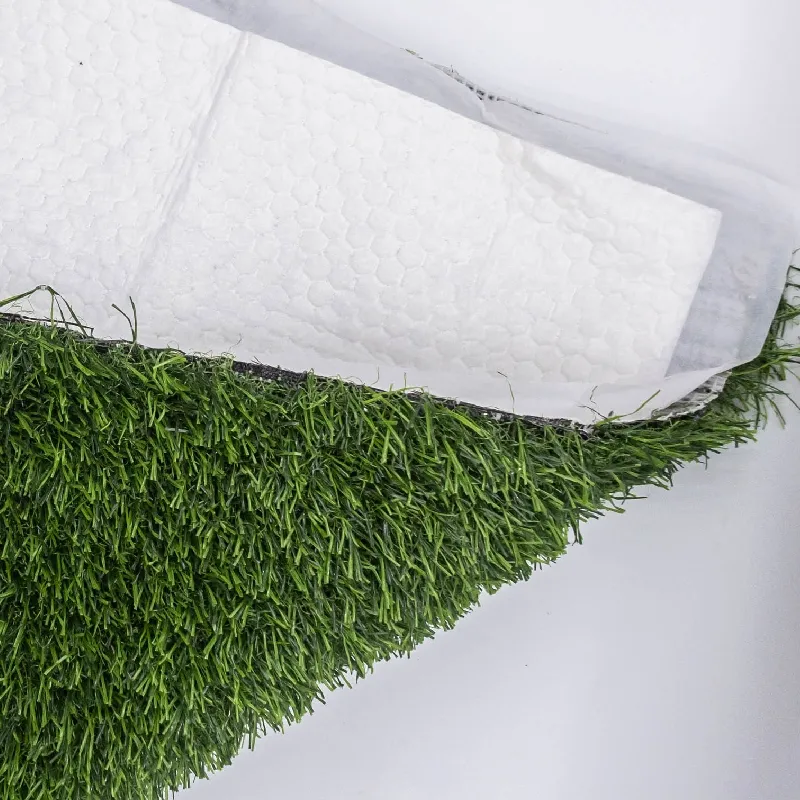
- Afrikaans
- Arabic
- Belarusian
- Bengali
- Czech
- Danish
- Dutch
- English
- Esperanto
- Estonian
- Finnish
- French
- German
- Greek
- Hindi
- Hungarian
- Icelandic
- Indonesian
- irish
- Italian
- Japanese
- kazakh
- Rwandese
- Korean
- Kyrgyz
- Lao
- Latin
- Latvian
- Malay
- Mongolian
- Myanmar
- Norwegian
- Persian
- Polish
- Portuguese
- Romanian
- Russian
- Serbian
- Spanish
- Swedish
- Tagalog
- Tajik
- Thai
- Turkish
- Turkmen
- Ukrainian
- Urdu
- Uighur
- Uzbek
- Vietnamese
Choosing the Best Turf for Golf Putting Greens and Improving Your Game
Nov . 02, 2024 14:19 Back to list
The Importance of Quality Turf for Golf Putting Greens
Golf is a sport that demands precision and finesse, particularly when it comes to putting. The quality of the putting green turf can significantly influence a golfer's performance, making it a critical aspect that both course designers and agronomists must carefully consider. A well-maintained putting green not only enhances the golfing experience but also contributes to the overall success of a golf course.
Selection of Turf Type
The first step in establishing a quality putting green is the selection of the appropriate turf type. Various grasses are used across different geographical locations, each with unique characteristics that can affect gameplay. The most commonly used turf species for putting greens include Bentgrass and Bermuda grass.
Bentgrass is the preferred choice for many northern courses due to its fine texture and ability to create a smooth putting surface. It thrives in cooler temperatures and is known for its dense growth, which leads to a consistent roll. On the other hand, Bermuda grass is favored in southern regions, as it withstands heat better and has an aggressive growth habit. It provides a durable and resilient surface, although its texture may not be as fine as that of Bentgrass.
Maintenance Practices
Once the right turf type is selected, proper maintenance practices play a pivotal role in ensuring a top-quality putting green. Regular mowing is essential to keep the grass at an optimal height, usually between 0.125 to 0.25 inches for Bentgrass and slightly higher for Bermuda. This height promotes healthy growth while allowing for a smooth roll of the ball.
Aeration is another crucial maintenance practice. By perforating the soil with holes, aeration helps relieve compaction, improve water infiltration, and enhance root development. This process not only promotes healthy turf but also reduces the risk of diseases that can arise from overly compacted soil.
Furthermore, consistent watering and fertilization are vital for sustaining healthy growth. Golf course superintendents often employ a targeted irrigation strategy, ensuring that the greens receive adequate moisture without becoming waterlogged. Soil testing assists in developing a tailored fertilization program, allowing turf managers to provide nutrients that promote vigorous growth and robust health.
golf putting green turf

Environmental Considerations
In today's environmentally conscious world, the management of golf course turf must also align with sustainable practices. The use of chemical pesticides and fertilizers is increasingly scrutinized, with many courses opting for organic or integrated pest management approaches. This shift not only benefits the environment but also enhances the appeal of the course to a growing demographic of eco-conscious golfers.
Additionally, courses are exploring drought-resistant turf varieties and implementing smart irrigation systems that optimize water usage. Such practices ensure that putting greens remain playable even during periods of water scarcity, thus promoting sustainability while maintaining the quality of golf experience.
The Overall Experience
Beyond the technical aspects of turf selection and maintenance, the condition of the putting green significantly impacts the player's experience. A smooth, well-kept green can elevate frustration levels, while a poorly maintained green can deter players and tarnish the reputation of a golf course.
Moreover, putting greens designed with undulating contours and strategic slopes add to the challenge of the game, making it not only about skill but also about strategy. A well-maintained turf supports these design features, contributing to a more engaging and enjoyable golfing experience.
Conclusion
In conclusion, the importance of quality turf for golf putting greens cannot be overstated. From selecting the right grass type to implementing effective maintenance practices and embracing sustainable options, each aspect plays an integral role in creating a superior putting experience. Golf courses that prioritize their putting greens and focus on continual improvement can enhance player satisfaction, attract more visitors, and ultimately contribute to the sport's growth. As golfers, we should appreciate the significance of the greens we play on and recognize the hard work that goes into maintaining them. A well-groomed putting green is much more than just grass; it's where the heart of the game lies.
-
The Benefits of Artificial Turf for Indoors
NewsJul.15,2025
-
How Artificial Grass Suppliers Ensure Quality Products
NewsJul.15,2025
-
Artificial Grass and Pets: A Space for Relaxation
NewsJul.08,2025
-
Balcony & Outdoor Decoration with Artificial Grass
NewsJul.08,2025
-
Best Indoor Artificial Grass for Home
NewsJul.07,2025
-
Best Pet Turf for Dogs: Safe & Durable Artificial Grass Options
NewsJul.07,2025
Products categories









